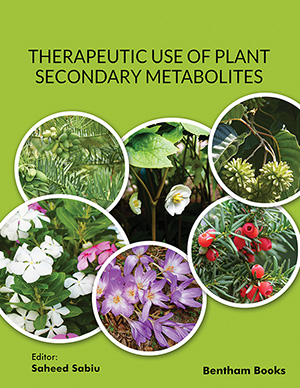Abstract
Emerging communicable diseases, such as Ebola and Coronavirus Infection Disease (COVID-19), and non-communicable diseases related to diet and lifestyle, e.g., diabetes, have been increasing over the last two decades, having a great negative impact on the health services, which are already over-stretched. This again has been compounded by some largely unresolved diseases, such as malaria and HIV/AIDS, which are common parasitic and infectious diseases in many developing countries. Over several years, natural medicine has been a dependable alternative in the prevention and treatment of diseases and has been widely recognized as important for drug discovery and development. Over the world, traditional medicine has largely depended on natural products. The structural diversity and biological activity of natural products have made them a valuable source of drugs and drug leads. Several active compounds have been isolated from natural products. Among them, some follow their traditional uses while some others do not. For many years, plant’s bioactive compounds, otherwise referred to as secondary metabolites, have been the source of countless compounds and leads for drug discovery. The process of drug discovery includes the identification of a lead compound, which is then proposed for drug development. Drug discovery, therefore, encompasses moving from a screening hit to a compound becoming a therapeutic agent. It is a process that requires expertise and experience. In modern drug discovery research, techniques commonly employed include combinatorial chemistry, high-throughput screening, bioinformatics, proteomics and genomics.
Keywords: Drug development, Drug discovery, Drug leads, Natural products, Plant.






















